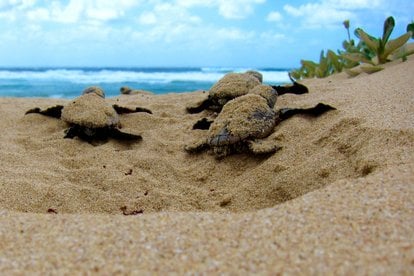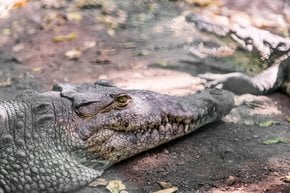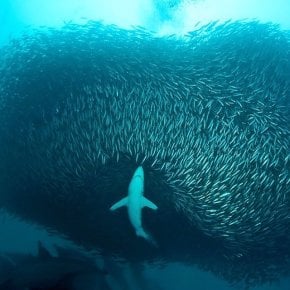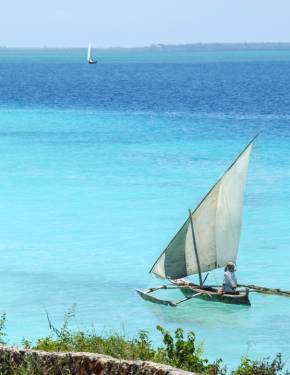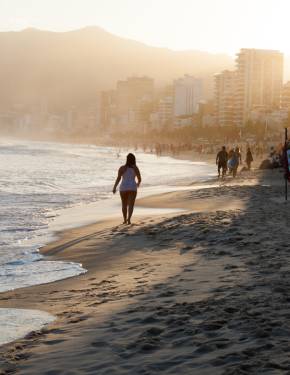Turtle Nesting in South Africa 2025-2026
If you've never seen a turtle that weights 400 kg, you should visit South Africa
Best time: November–March
Giant sea turtles, particularly the Leatherback and Loggerhead, love warm South African beaches so much that they cross an entire ocean to lay eggs there. The reptiles choose to nest at precisely the same beach they hatched themselves. Just so that you realize the scale of such a wildlife encounter—a Leatherback turtle is the largest of all sea turtles and the second largest reptile after a crocodile.
Safaris take place at night when huge reptiles leave the sea to find a safe place on the beach to lay their precious eggs. Baby turtles normally hatch in two months, but only a few of the hatchlings will survive, about one or two in a thousand, to be precise.
Turtle tracking season in South Africa is from November to March, a time when you'll find dozens of tours on offer. Most of them operate in the St Lucia Wetland Park located in KwaZulu Natal. Great turtle spotting areas are found in Mabibi, Cape Vidal, Manzengwenya, Sodwana Bay, and Kosi Bay. The season may vary slightly depending on location.


